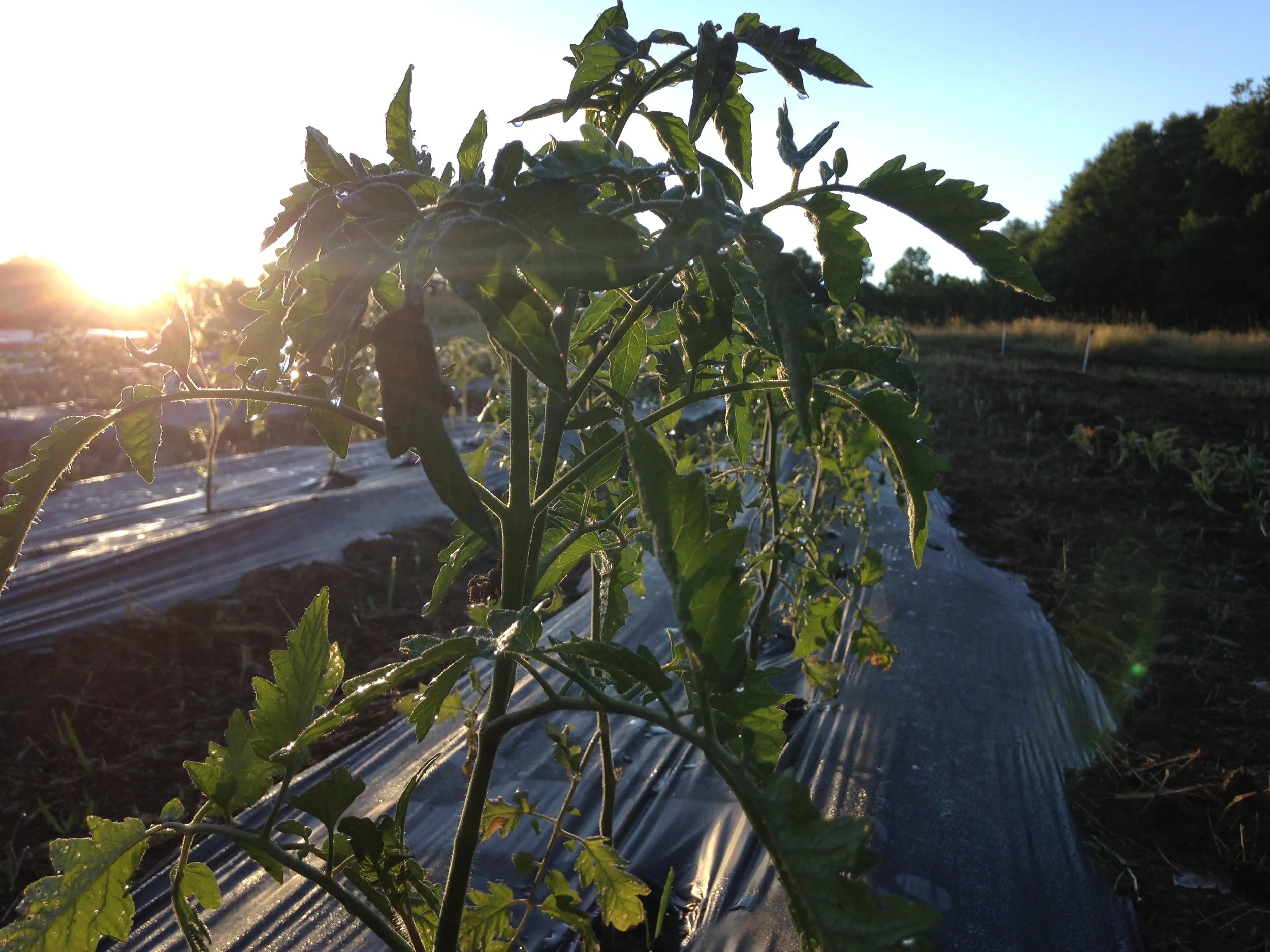A farmer may farm for much of their life, but only get so many tries at many things.
Take potatoes. They go in the ground in spring, and won’t come out till fall. A farmer can read about potatoes and BS about them all they want, but still only get one crack at them a year.
This rather jarring reality was put in number form for Jason in a farm documentary when a spud grower noted that a farmer may have 30 years to grow potatoes, but that’s only 30 tries.
If you’ve gardened on any scale, even pots on your porch, you know that the trial and error nature of growing makes that number seem small.
Accepting that the number of tries we’ll get at farming is finite brings both a feeling of peace and a sense of urgency. Mortality can be a real motivator.
While we’d love to have more than 30 years to farm, and, well, roam the planet, there will come a final season someday. A yearly reminder of this comes in the form of the frost.
On the farm, early spring to late fall passes in a blur. One minute, you’re standing in the gardens, with new buds all around, hopeful and excited, then suddenly you’re walking through your own frozen breath, awash in a sense of relief that the season is over, a melancholy you can’t quite put your finger on, and a hot desire to start all over again.
When our last season comes, we hope we’re long into our years, wrinkled and gray-haired. We hope it’s still the two of us, and we can even pass the farm on. We know we can’t count on any of this, but we are here now. There’s the two of us to work the land, and engage fully in this life we have with our son. There are no seasons to waste.
~ Stella
Alright, enough of that. Here’s some potato pics:
Jason, Silas, and Grandpa Gary recently planted spuds. Grandpa stopped by, saw what we were doing, and offered to help. At age 73, he hikes his property regularly, doing a mile loop. About a quarter-mile of it is uphill.
We planted two red varieties this season: Red Maria and Chieftain. We also did two yellow potatoes: Belmonda and Keuka Gold.
We have two potato patches this season. We did four rows on the north side of the Big Tunnel, and four rows to the south of the tunnel.
Here’s Patch No. 2.
P.S. The farm documentary was “To Make a Farm.”























